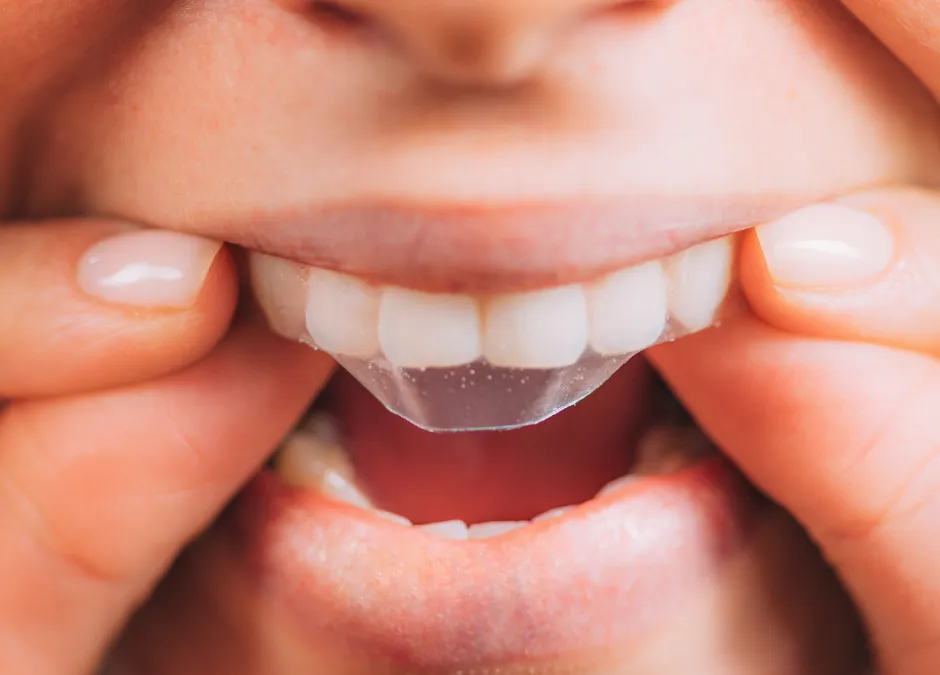What are Teeth Whitening Strips
Teeth whitening strips are a popular and convenient method for enhancing the brightness of your smile. These thin, flexible strips are coated with a whitening agent, typically hydrogen peroxide or a similar compound. Designed to conform to the shape of your teeth, they provide a targeted and effective way to remove stains and discoloration. They are a cost-effective alternative to professional whitening treatments and can be easily used at home. The active ingredients in these strips penetrate the enamel, breaking down stain molecules and restoring the natural whiteness of your teeth. Understanding how these strips work involves knowing their ingredients and the chemical processes that lead to a brighter smile.
Understanding the Ingredients
The effectiveness of teeth whitening strips lies in their active ingredients, primarily hydrogen peroxide. These ingredients are designed to interact with the stains on your teeth and lighten their appearance. The concentration and type of these ingredients can vary among different brands and products, impacting the speed and extent of whitening. Additional ingredients are added to help the whitening agent adhere to the teeth and to enhance the user experience, such as flavoring agents to improve taste and thickeners to maintain the strip’s structure. It’s crucial to be aware of these components to fully understand how the strips work and what effects they can have.
Hydrogen Peroxide

Hydrogen peroxide is the primary active ingredient in most teeth whitening strips. It acts as an oxidizing agent, breaking down the organic molecules that cause stains on the tooth’s surface. The concentration of hydrogen peroxide can vary significantly, from lower percentages in over-the-counter strips to higher concentrations used by dental professionals. When hydrogen peroxide comes into contact with the teeth, it releases oxygen, which penetrates the enamel and dentin to reach the stain molecules. This oxidation process breaks down these molecules, making the stains less concentrated and, as a result, making the teeth appear whiter. This chemical reaction is the cornerstone of how whitening strips work.
Other Active Ingredients
Besides hydrogen peroxide, some whitening strips may include other active ingredients or enhancers. These can include compounds like carbamide peroxide, which breaks down into hydrogen peroxide, and various forms of bleach. Some formulations may incorporate ingredients designed to improve the adhesion of the strip to the teeth, or to stabilize the whitening agent for a longer period of effectiveness. Additionally, you may find ingredients that contribute to the flavor or texture of the strips. The specific combination and concentrations of active ingredients are often what differentiates the effectiveness of one brand from another, influencing both the speed and the final degree of whitening achieved.
The Whitening Process Explained
The whitening process with strips is a complex interaction of chemical reactions and physical properties. It involves the strips adhering to your teeth, the penetration of the whitening agents, and the subsequent breakdown of stain molecules. Understanding the steps involved provides insight into how effective whitening strips are and how to use them properly. The effectiveness of this process is influenced by factors such as the concentration of active ingredients, the duration of application, and the specific characteristics of your teeth. The goal is to reduce the appearance of stains and improve your overall tooth brightness.
How Strips Attach to Teeth
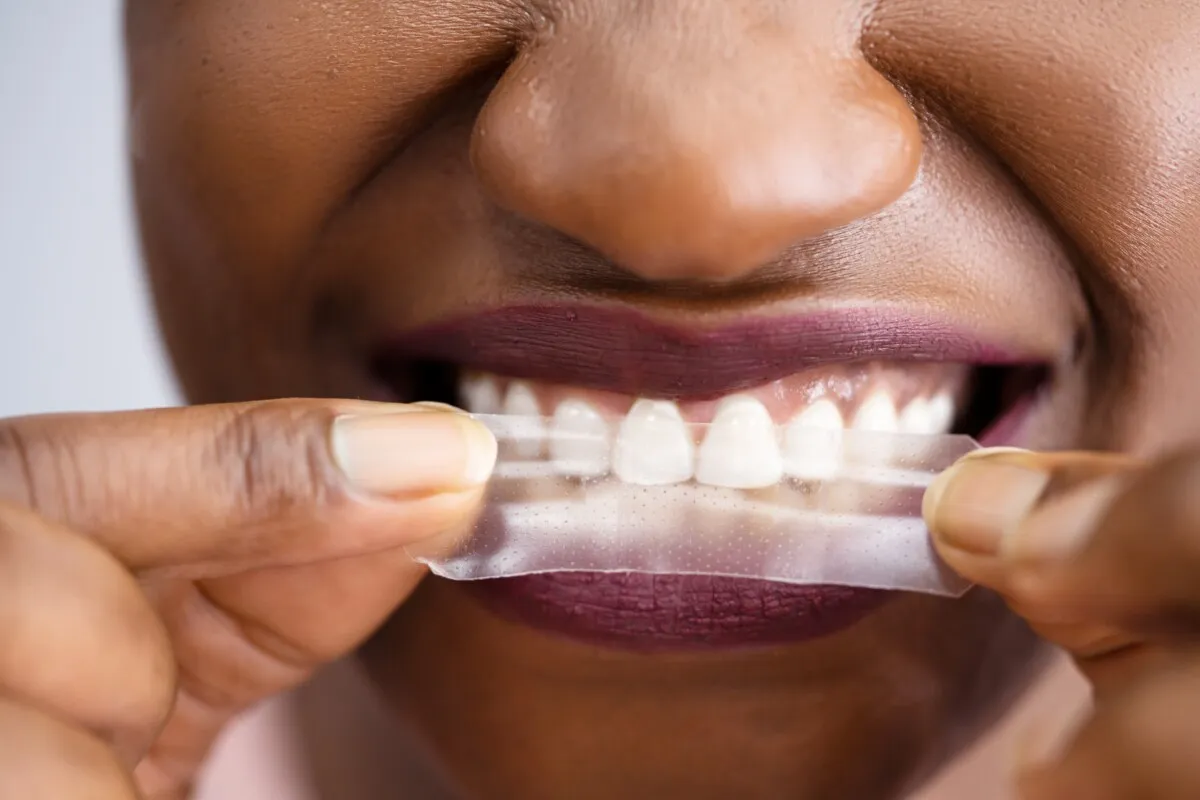
The design of teeth whitening strips is key to their effectiveness. They are engineered to adhere securely to the surface of the teeth, ensuring that the whitening agent remains in contact for the required duration. The strips are usually made of a thin, flexible plastic material coated with a gel that contains the active whitening ingredients. This gel is designed to stick to the teeth, allowing for optimal contact. When applied, the strips mold to the contours of your teeth, reaching both the front and the back of the teeth in the visible smile line. This close contact ensures that the whitening agent can penetrate the enamel effectively and evenly.
Penetration of Whitening Agents
Once the strips are in place, the whitening agent begins to penetrate the outer layers of the teeth. The enamel, the outermost layer of the tooth, is porous, allowing the active ingredients to seep in. The whitening agent diffuses through these microscopic pores, working its way towards the deeper layers of the tooth. This process of penetration is critical because it allows the whitening agent to reach and interact with the stain molecules that are causing discoloration. The rate and depth of penetration depend on the concentration of the agent and the duration of exposure. The better the penetration, the more effectively the stains are addressed.
Oxidation and Stain Removal
At the heart of the whitening process is oxidation. Hydrogen peroxide, the primary whitening agent, works by releasing oxygen molecules that interact with the stain molecules embedded in the enamel and dentin. These oxygen molecules break the chemical bonds that hold the stain molecules together. This process changes the structure of these molecules, making them less concentrated and less visible. As the stains are broken down, the teeth appear lighter and brighter. The oxidation process is gradual and can take time, which is why regular use of whitening strips over a period is necessary for the best results. The outcome is a reduced appearance of discoloration and an improved smile.
The Role of Enamel and Dentin
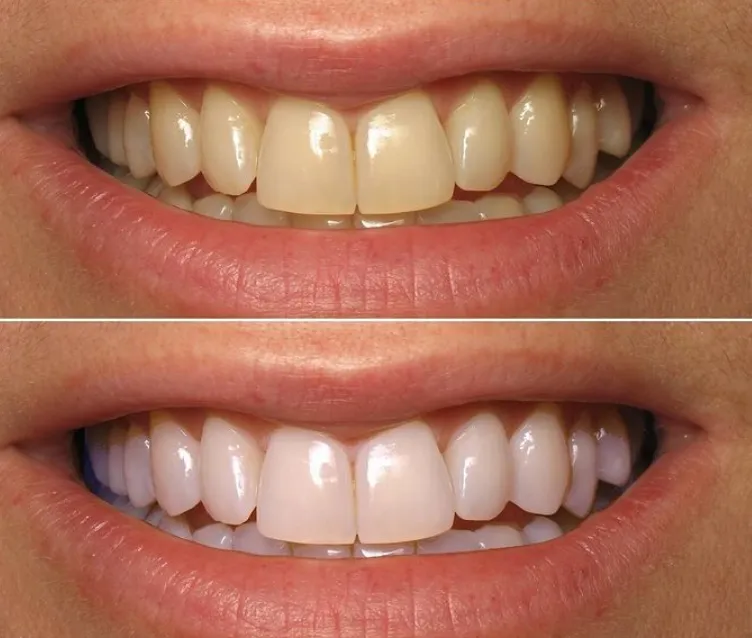
Enamel and dentin are the two main tissues that make up your teeth, and they play distinct roles in the whitening process. Enamel is the hard, outer protective layer of the tooth. It is porous, which allows the whitening agent to penetrate and reach the stains. Dentin, the layer beneath the enamel, is softer and more porous than enamel, and it contains the majority of the tooth’s bulk. The whitening agent must pass through the enamel to reach the dentin, where many stains are concentrated. The health and thickness of both enamel and dentin can affect the effectiveness of whitening strips. The enamel thickness can vary between individuals, which in turn can affect how quickly and evenly the teeth whiten.
Step-by-Step Guide to Using Whitening Strips
Using teeth whitening strips correctly is crucial to achieving the best results and avoiding potential side effects. Adhering to the manufacturer’s instructions is essential. The steps typically involve preparing your teeth, applying the strips, and managing the wear time. Following the correct procedure maximizes effectiveness, ensuring the whitening agent can work optimally. Careful attention to these steps can help you achieve a brighter smile. Proper usage contributes to a successful and satisfying experience.
Preparing Your Teeth
Before applying the whitening strips, it’s important to prepare your teeth. Start by brushing your teeth gently to remove any food particles or debris. Avoid using toothpaste that contains fluoride, as it can act as a barrier, hindering the whitening agent’s effectiveness. Rinse your mouth thoroughly with water to remove any excess toothpaste. Make sure your teeth are dry before applying the strips; this helps the strips adhere better. By preparing your teeth properly, you create a clean surface that allows the whitening agent to work directly on the stains, leading to improved results.
Applying the Strips

Carefully open the package of whitening strips and peel the strips away from the backing. Apply the longer strip to your upper teeth and the shorter strip to your lower teeth. Align the strips with your gumline and gently press them onto your teeth, ensuring good contact. Fold the excess strip material behind your teeth to secure them in place. It is important to avoid touching your gums as much as possible to minimize potential irritation. Once the strips are applied, be careful not to swallow the gel that may be released from the strips. Correct application ensures even coverage and allows the whitening agent to effectively target all stained areas.
Wear Time and Duration
The wear time and duration of using teeth whitening strips vary depending on the specific product you are using. Always follow the manufacturer’s instructions for best results. Typically, strips are worn for 30 minutes to an hour once or twice a day. Consistency is key; most products suggest using the strips for a certain number of days. It is critical not to exceed the recommended wear time, as this can increase the risk of tooth sensitivity or gum irritation. The length of time you use the strips and how often influences how quickly you will see results and how effectively they brighten your teeth. Patience and adherence to the instructions are essential for safe and effective whitening.
Aftercare and Maintenance
After removing the whitening strips, it’s important to rinse your mouth with water. This will help remove any remaining gel from your teeth and gums. Avoid eating or drinking anything for at least 30 minutes after using the strips, as your teeth may be more susceptible to staining during this time. You can brush your teeth gently with a soft-bristled toothbrush after the waiting period. Proper aftercare helps maintain the whiteness of your teeth and prevents the recurrence of stains. Regular dental check-ups and cleanings are also crucial to maintaining a healthy and bright smile. Following this routine enhances the results of whitening strips.
Factors Influencing Whitening Effectiveness
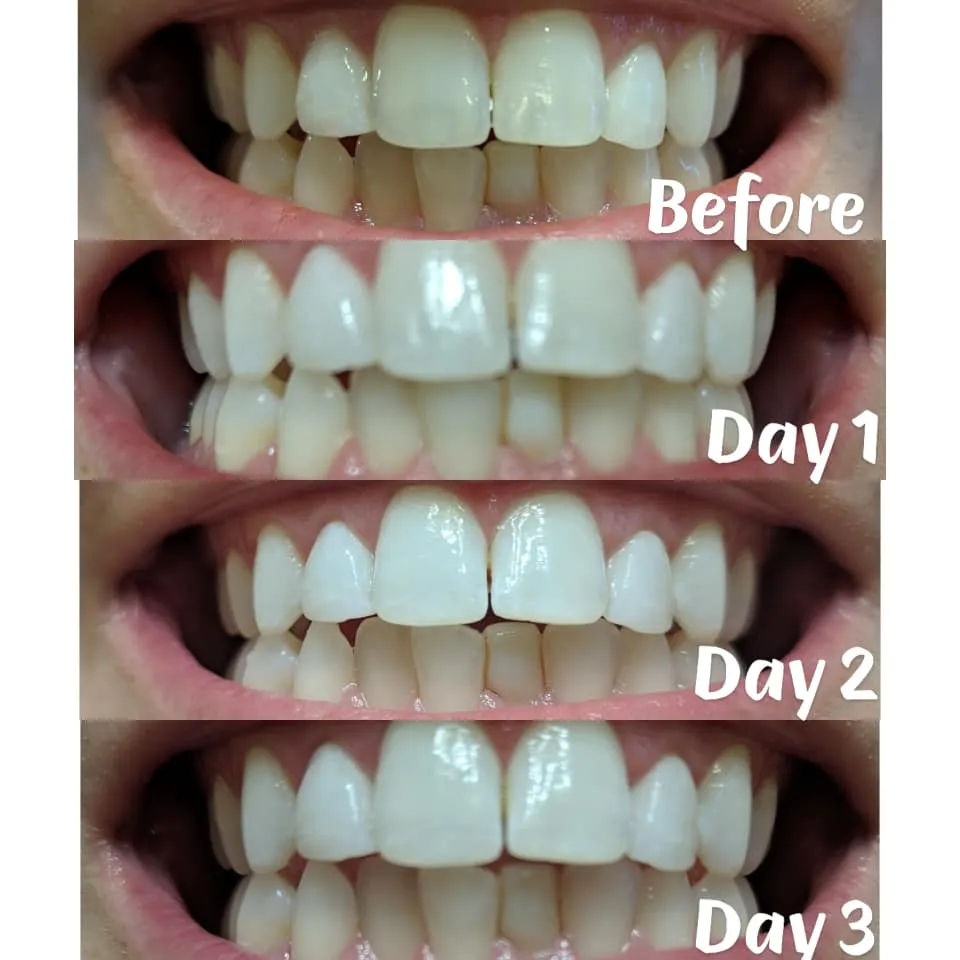
The effectiveness of teeth whitening strips is influenced by several factors. These include the concentration of the whitening agent, the initial shade of your teeth, the porosity of your tooth surface, and how consistently you use the strips. Understanding these factors can help you set realistic expectations and maximize the results of the whitening treatment. Different individuals may experience different outcomes based on their unique dental characteristics and habits. Careful consideration of these factors will allow you to get the best results from whitening strips.
Type and Concentration of Whitening Agent
The type and concentration of the whitening agent significantly impact the effectiveness of teeth whitening strips. Hydrogen peroxide is the most common active ingredient, and the concentration varies among products. Higher concentrations of hydrogen peroxide generally lead to faster and more dramatic whitening results, but they also can increase the risk of side effects. Some strips use carbamide peroxide, which breaks down into hydrogen peroxide over time, providing a slower but potentially more gentle whitening effect. The choice of whitening agent and its concentration should be based on individual needs, tooth sensitivity, and the desired results. When selecting strips, consider your sensitivity and the product’s specific formulation.
Initial Tooth Shade
The initial shade of your teeth is a crucial factor in how effectively whitening strips work. People with more yellow teeth tend to see better results compared to those with gray or brown stains. Whitening strips are designed to lift stains, and the degree of whitening achieved is often proportional to the severity of the stains. Individuals with naturally darker teeth may experience less dramatic changes. It’s important to have realistic expectations based on your starting tooth shade. Whitening strips are most effective on teeth that are mildly discolored due to surface stains from coffee, tea, or other foods.
Tooth Surface Porosity
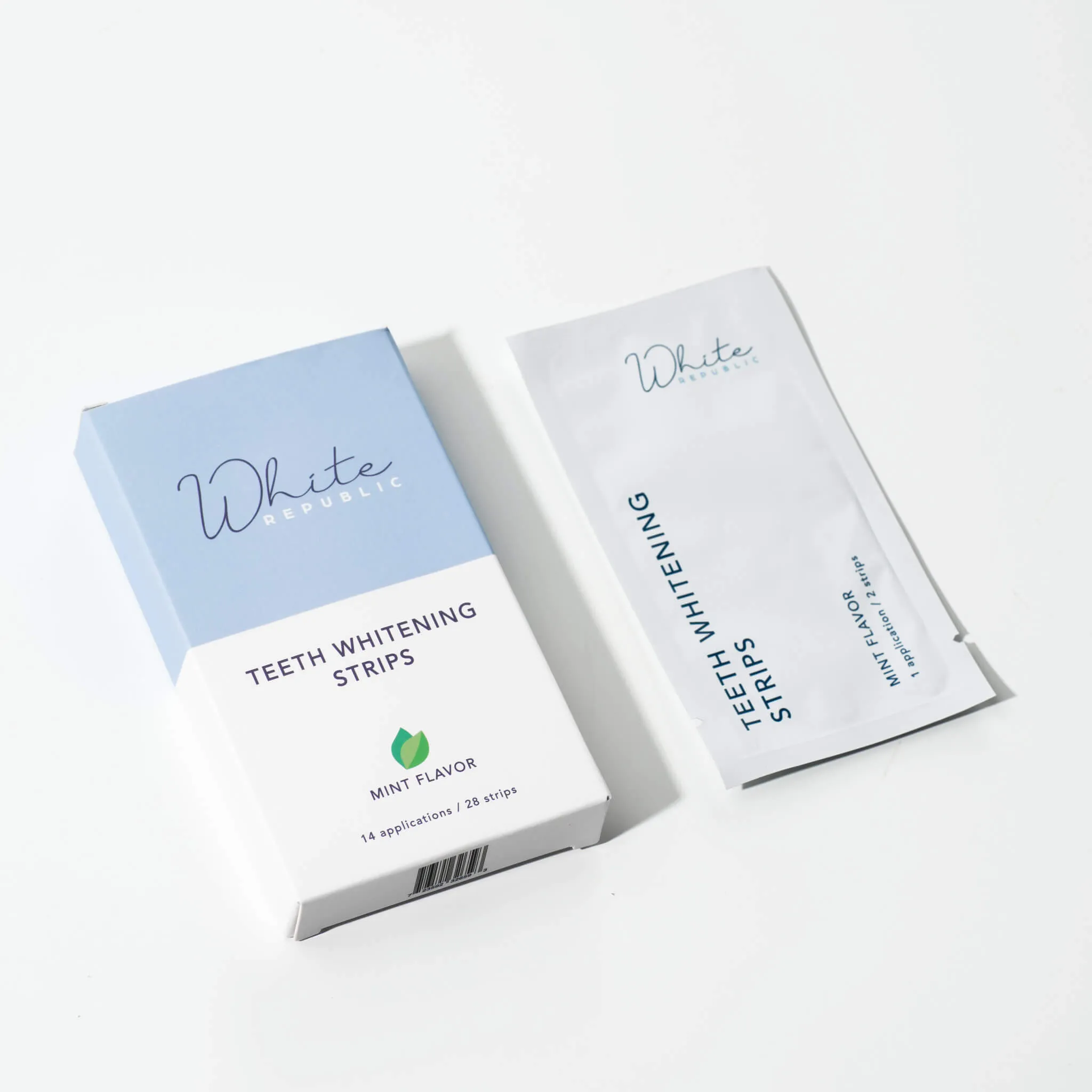
The porosity of your tooth surface affects how well the whitening agent penetrates the enamel. Teeth with more porous enamel are more susceptible to stains, but they may also whiten more readily. The porosity of enamel can vary from person to person and can be influenced by factors like genetics, age, and oral health habits. When the enamel is more porous, the whitening agent can penetrate more easily, leading to better results. The condition of your enamel influences how quickly and effectively the whitening agent reaches and removes stains. Maintaining good oral hygiene can help keep the enamel surface in optimal condition for whitening.
Consistency of Use
Consistency is a key factor in the effectiveness of teeth whitening strips. For best results, it is crucial to use the strips as directed by the manufacturer, adhering to the recommended frequency and duration. Skipping applications or shortening the treatment period can reduce the overall effectiveness and may not achieve the desired level of whitening. Regular use allows the whitening agent to consistently work on the stains, gradually lightening your teeth over time. Following a consistent regimen helps to maintain the whitening effect and helps you see noticeable improvements more quickly. Stick to the treatment plan for the best results.
Potential Side Effects and How to Manage Them
While teeth whitening strips are generally safe, it’s important to be aware of potential side effects and how to manage them. The most common side effects are tooth sensitivity and gum irritation. Understanding these potential issues and knowing how to address them can help you have a more comfortable whitening experience. Taking precautions and knowing what to do if you experience any discomfort is important. Most side effects are temporary and can be managed with simple strategies.
Tooth Sensitivity
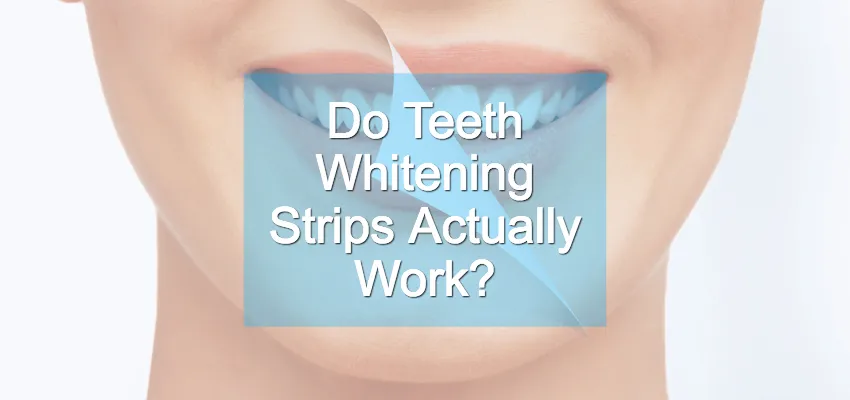
Tooth sensitivity is a common side effect of teeth whitening strips. It can manifest as a sharp, temporary pain or discomfort when consuming hot or cold foods or beverages. This sensitivity occurs because the whitening agents can penetrate the enamel and reach the dentin, which contains nerve endings. Sensitivity is usually temporary and subsides once the treatment is completed or after a few days of rest. To manage sensitivity, use a toothpaste designed for sensitive teeth, which contains ingredients like potassium nitrate, to help block the nerve signals. Avoid extremely hot or cold foods and drinks during and immediately after whitening. It’s advisable to take breaks from whitening treatments if sensitivity becomes too severe.
Gum Irritation
Gum irritation is another possible side effect. It can occur when the whitening agent comes into contact with the soft tissues of your gums. This can cause redness, swelling, or mild soreness. Gum irritation is usually a mild and temporary reaction. To prevent irritation, make sure that the whitening strips are properly applied, avoiding direct contact with the gums. If irritation occurs, discontinue using the strips until your gums heal. You can also try trimming the strips to fit your teeth more precisely, so they do not extend onto your gumline. Rinsing your mouth with water after use can also help remove any residual whitening agent.
How to Minimize Side Effects
Several strategies can help minimize the side effects of using teeth whitening strips. Use a toothpaste formulated for sensitive teeth. This can help reduce tooth sensitivity. Make sure to apply the strips correctly, ensuring that they are properly aligned along your teeth to avoid contact with your gums. Avoid overusing the strips, and always follow the manufacturer’s instructions. Take breaks between whitening sessions if needed. Consider using a lower concentration whitening product. If irritation persists, consult your dentist. Proper usage, preparation, and maintenance will ensure the health and results of the whitening strips.
Comparing Whitening Strips to Other Methods
Teeth whitening strips are just one of many options available for brightening your smile. Other methods include professional whitening treatments, whitening toothpastes, and other over-the-counter products. Each method has its advantages and disadvantages in terms of cost, convenience, and effectiveness. Understanding the differences can help you choose the method that best suits your needs and goals. Comparing these different options can inform your decision and ensure that your smile goals are met.
Professional Whitening
Professional teeth whitening, performed by a dentist, is one of the most effective methods for achieving dramatic results. These treatments use high concentrations of hydrogen peroxide, which are applied under careful supervision to minimize side effects. In-office whitening can lighten teeth several shades in a single session. The dentist also uses special lights or lasers to accelerate the whitening process. Professional whitening is more expensive than at-home options, but it provides immediate results and is tailored to your specific needs and dental health. If you desire a significant improvement in the brightness of your teeth, professional whitening may be a better option.
Whitening Toothpastes
Whitening toothpastes offer a gentle approach to brightening your teeth. They typically contain mild abrasives and polishing agents that help remove surface stains. These toothpastes do not contain bleach, so they cannot change the intrinsic color of your teeth. They are effective for removing stains caused by coffee, tea, and other foods, and they are a cost-effective option for maintaining a bright smile. Whitening toothpastes are a part of your daily oral hygiene routine. For best results, use a whitening toothpaste twice a day, and combine it with regular brushing and flossing.
Other Over-the-Counter Options
In addition to whitening strips and toothpastes, several other over-the-counter whitening products are available. These include whitening gels that are applied with a tray, and whitening pens that can be used to spot-treat individual teeth. These products offer varying levels of effectiveness and convenience. Gels and pens often use lower concentrations of hydrogen peroxide than strips. If you have sensitive teeth, these alternatives could be easier to tolerate. When considering other over-the-counter options, always read the instructions carefully and adhere to the guidelines. These products are a good option for at-home maintenance and stain removal.
Conclusion
Teeth whitening strips are a convenient and effective method for improving the brightness of your smile. Understanding how they work involves knowing the ingredients, the whitening process, and the factors that influence their effectiveness. Proper usage, including preparing your teeth, applying the strips correctly, and following the recommended wear time, is essential to get the best results. Being aware of potential side effects like tooth sensitivity and gum irritation and knowing how to manage them is crucial. By comparing whitening strips to other methods and considering your individual needs and preferences, you can make an informed decision and achieve a brighter, more confident smile. Consistent use and appropriate care will lead to a noticeable improvement in your teeth’s appearance and overall oral health.
